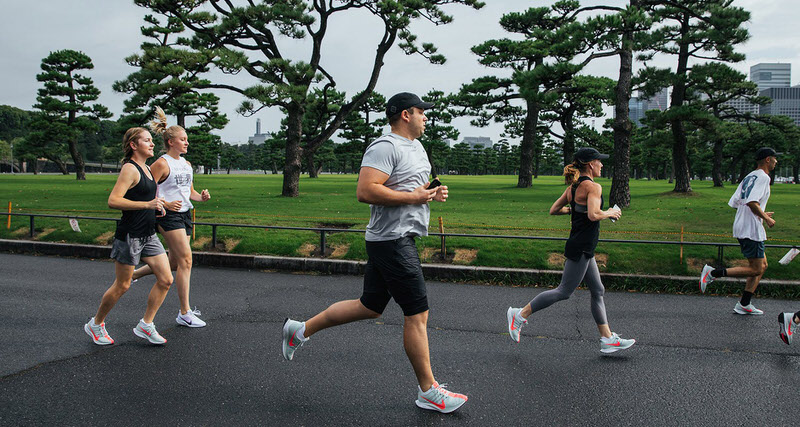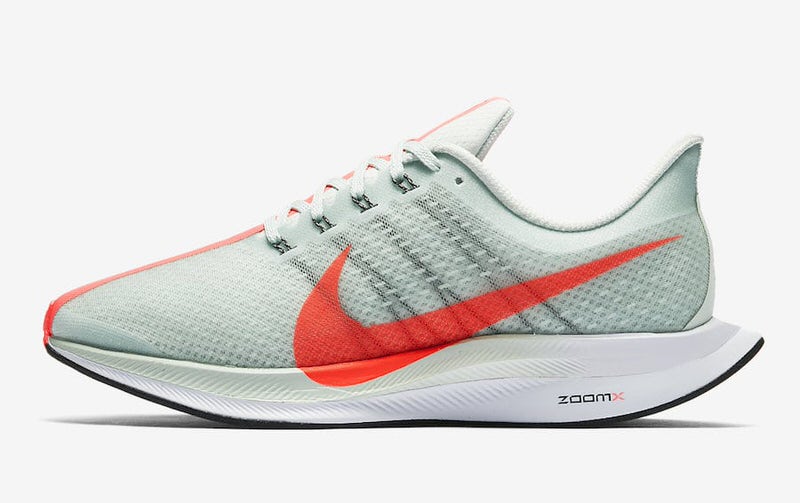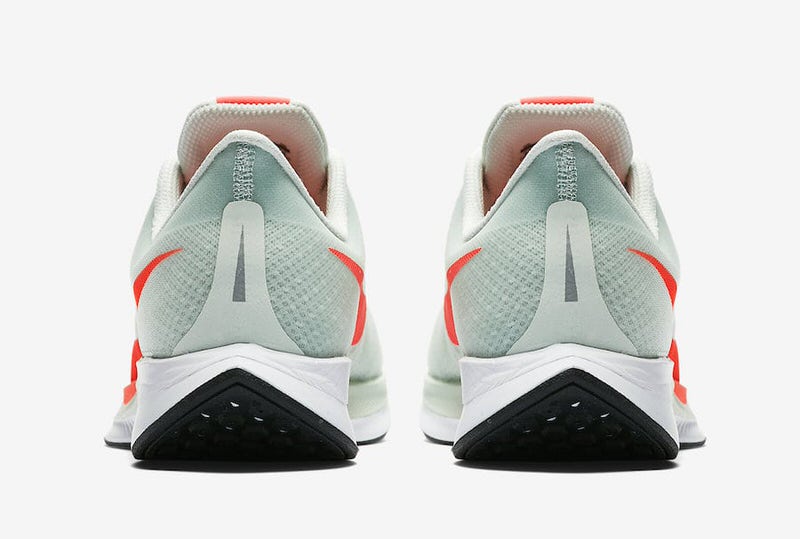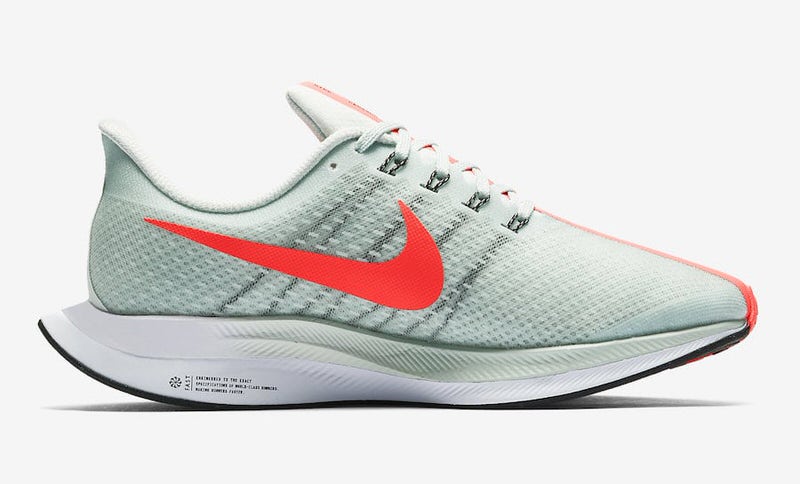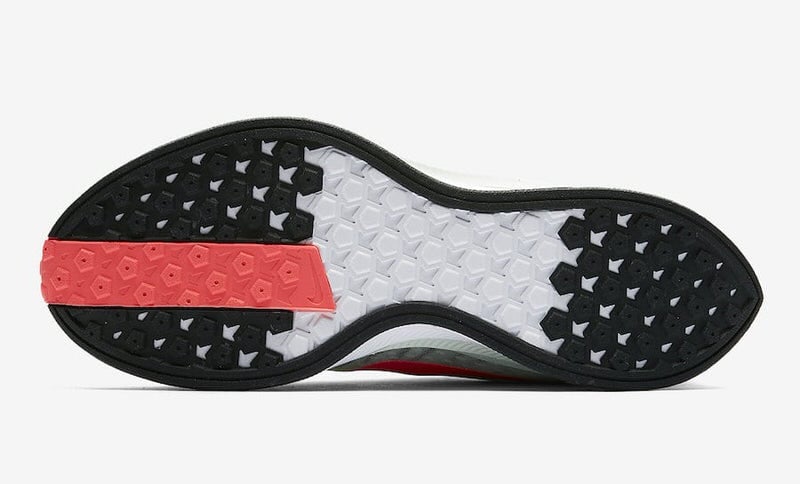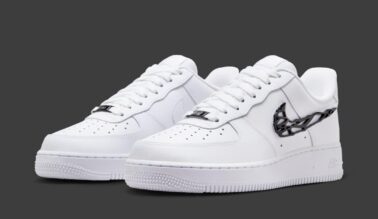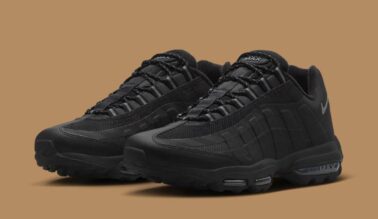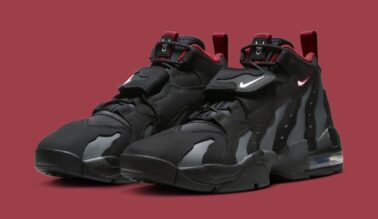This post may contain affiliate links. Please read our disclosure policy.
There are few footwear legacies as rich, celebrated, and with such a devout following as Nike’s Pegasus series. Spanning three and a half decades, the Nike Pegasus has continually brought people a runner that was a go-to and trusted staple to the Nike Running line.
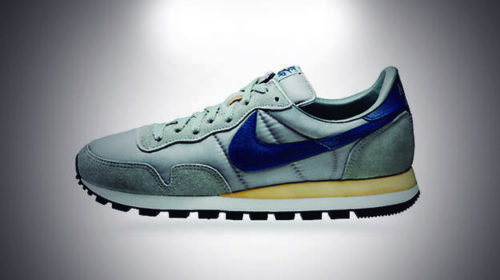
From its debut in 1983 the Pegasus was a lightweight offering from Nike weighing in at 10oz, and for the first couple of decades, it saw a very minimally layered front half with lightweight and breathable nylons and dual density midsole – something that was rarely seen in the era and for the midrange price of $50.
Nike made tweaks and changes over the years with a couple of eras of noticeable design language, but with a loyal base who fell in love its fit and functionality. Nike created something of a first in the business by having a series of products runners could buy model after model without much concern for having to adjust to something new.
In no way am I going to call myself a runner, but in April I started running daily and logged over 90 miles June. Through that process, I quickly learned how vital routine and dependability is to running. And once you find the fit and feel of your favorite gear, your pre-run routine, and music playlist, change is not your friend.
In preparations for a trip to Tokyo with Nike to see the unveiling of the Nike Pegasus Turbo, I purchased a pair of the Pegasus 35 two weeks out so that I could get a fresh feel for the Pegasus and more specifically how the Turbo would differ from the P35.
As a 6’0, 230-pound guy with a genetically enhanced out-toe, a stable base in the forefoot is an essential feature in a shoe, and the Pegasus 35 delivered. Through the process of working with a record number of male and female wear testers for the Pegasus 35, Nike learned there was a difference in preference for firmness and delivered with a firmer Cushlon foam in the men’s version. Something else that was new was a full-length Nike Zoom Air unit that is 3D contoured in shape to mimic the carbon fiber plate from the Nike Zoom VaporFly 4% – I can’t begin to tell you how noticeable this is when running.
Over the course of 2 weeks, I was able to log about 20 miles while traveling in China and Hong Kong in the Pegasus 35 before heading to Tokyo to meet with Nike and get introduced to the Pegasus Turbo.
Nike hosted media from around the globe to an event in Tokyo near future sites of the 2020 Tokyo Olympics. Immediately following the first look we got a first feel for the Nike Pegasus Turbo.
Eliud Kipchoge running in the Nike Pegasus Turbo in TokyoThe Pegasus Turbo was designed based on feedback from Olympic Gold Medalist and marathoner Eliud Kipchoge who we watched in the record-setting Breaking2 run. Kipchoge desired a shoe with the magic of the 4%, but for daily runs.
Nike listened to their athlete and Kipchoge broke his 40k record during a wear-test in the Pegasus Turbo.
From the moment I slid into the shoes, I could feel that familiar fit from the Pegasus thanks to the use of the same last as the Pegasus 35. The upper had the same great fit in around the forefoot and ankle as the 35 but with a lighter and more breathable feel thanks to the seamless translucent mesh. I also noticed the Dynamic Flywire cables immediately through the mesh
As soon as I stood up the feeling of the ZoomX beneath the feet was impossible to miss with an energy return rate of 85%. Partnered with the full-length ZoomX is a heel-to-toe layer of Nike React that extends through the middle of the foot all the way to the floor thanks to a cutaway outsole design.
With these changes made to the upper, midsole, and outsole, the Nike Pegasus Turbo comes in at just 8.4oz for a men’s size 10 compared to the Pegasus 35 at 9.9oz – a reduction of over 16%.
Nike Pegasus Turbo racing stripe extended from the tongue to toe and then through the soleLooking down at your feet with the eye-catching Hot Punch racing stripe sets the mood that its time to run. An enlarged drop-swoosh strikes the lateral side of the upper that maintains that feeling.
After suiting up and walking to a nearby covered track, we stretched before a run along the Sumida River which is where I experienced the first feeling of difference between 35 and the Turbo. Admittedly I am not the most stable with stretching on one foot so while I have much more wobbling moments during this, I could feel that I had much more absorbing and responsive foam beneath my feet.
Once into the stride of the run, not only did I feel a considerably better feeling strike, but the combination of Zoom X and REACT felt much snugger underfoot with an enhanced feeling under the mid-foot – something I look for most in running shoes.
Make no mistake, I am no Kipchoge, but I did break my own mile time on the first night wearing the Pegasus Turbo when we finished the evening with a timed mile run.
Following about 2.4 miles of running the first evening, we ran a 5k loop around Tokyo’s Imperial Palace to get some more miles under our feet in the Turbo.
Following both runs I felt next to no fatigue in my feet or legs similar to the 35, but the reduction in weight had a noticeable difference in maintaining pace during the runs. While in hand an ounce of difference in weight is hardly noticeable when you factor in a couple of thousand strides every ounce counts.
All in all, I can’t recommend the Nike Pegasus Turbo enough to someone who is running on a regular basis. They have quickly become my daily run pair. On pavement, both dry and slightly damp, the grip was solid. Indoors they’re great and feel like heaven on a rubber track with the outstanding cushioning. As I stated earlier, the fit is one of my favorite parts of the shoes along with with the light and breathable feel. This is my first pair with ZoomX and REACT together so I will update if there are any changes in opinion about the pairing of these two technologies together, but my guess is that we will see this combination in the future.
If I had to look for a negative mark against the shoe, I would say that the aggressive racing stripe might be too much for some, but it’s pretty in line with standing out from the pack. I am interested to see how this design element can be utilized for future colorways with a very distinctive color blocking element.
Nike Pegasus 35 (top) and Nike Pegasus Turbo (bottom)At $180, the shoe is $60 up from the Pegasus 35, but very worth it if you are running as often as I am. It should be noted that the shoe is just the third shoe to feature Nike ZoomX which previously arrived only in the Zoom Vaporfly Elite (worn by Breaking2 athletes) and Zoom Vaporfly 4% (retail $250).
The Pegasus Turbo fit is right on with the Pegasus 35 which is as true to size as you can get in my opinion.
The Nike Pegasus Turbo will first release on July 19th for NikePlus members in the U.S., China, Japan, Germany, U.K., and Brazil through the Nike and NRC apps. It will be available globally August 2nd on nike.com and at select retailers. The shoe will retail at $180US.
Nike Zoom Pegasus Turbo
Colorway: Barely Grey/Hot Punch-White-Black
Style Code: AJ4114-060
Release Date: August 2, 2018
Price: $180
